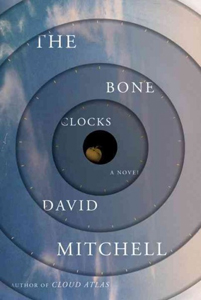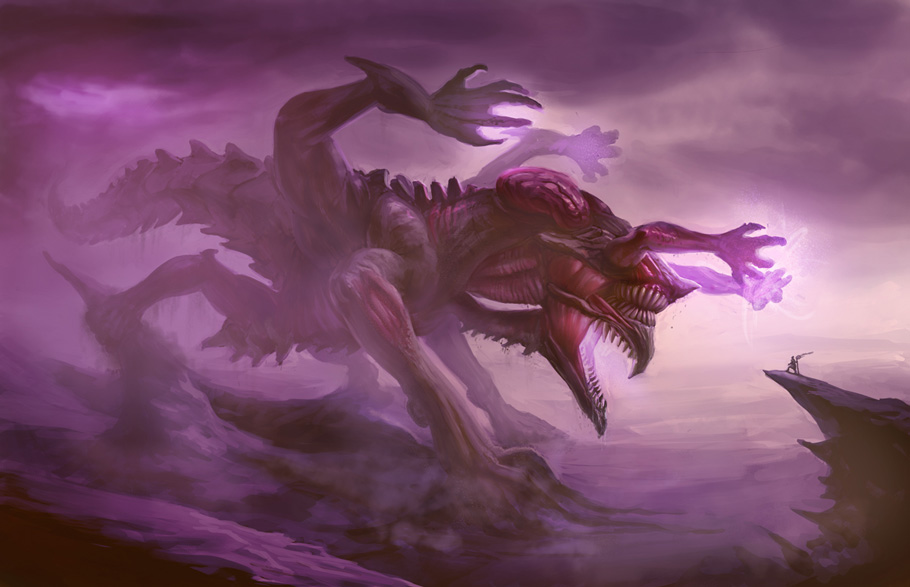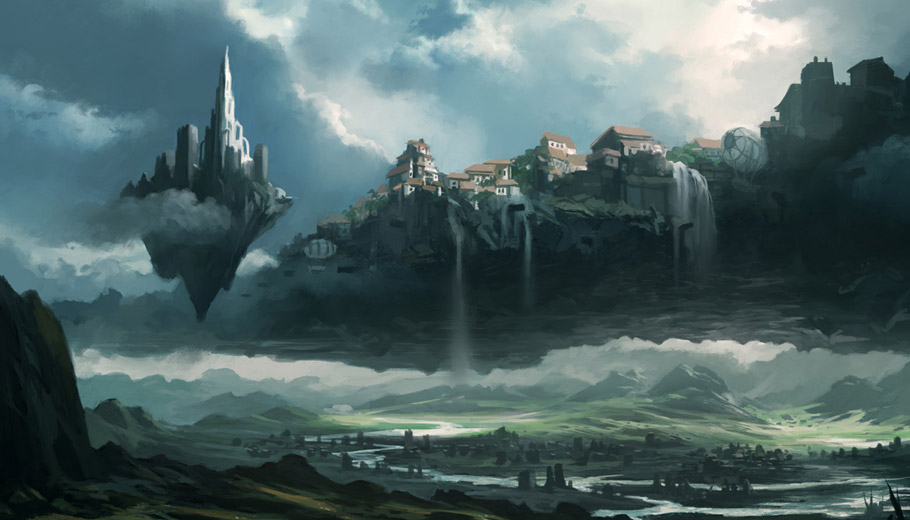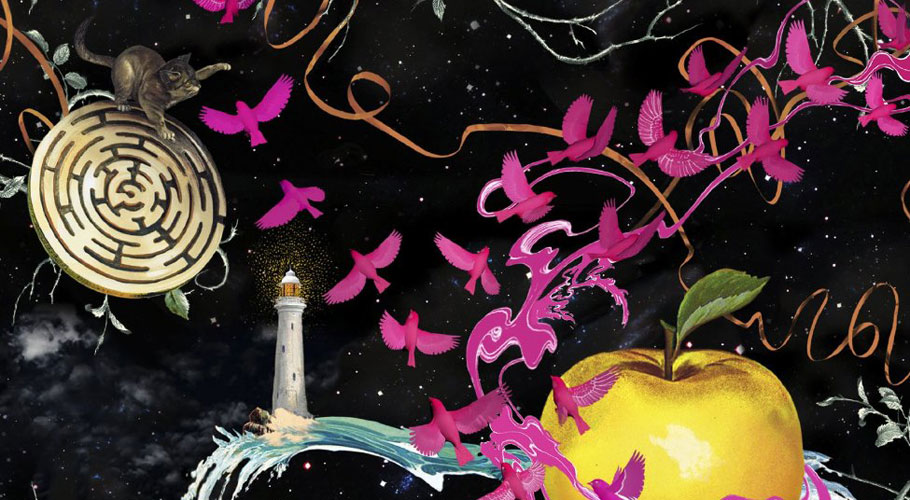Previously on “Anatomy of a Sale,” I made my first short story sale and then had no luck for almost five months. But then I made sale after sale after sale, I got an anthology invite, and I was asked to be Assistant Editor of a magazine. Things were happening!
And then nothing happened for a couple months.
Draft 1: 6/5/2014
Draft 2: 1/5/2015
Final (Draft 6): 2/9/2015
Submission: 89
Rejections: 2 (80 lifetime, 2 from this market)
Rewrite Request: 4/20/2015 (30 days)
Resubmission: 4/25/2015
Acceptance: 4/28/2015 (38 days)
Draft 1 to Sale: 327 days
Final to Sale: 78 days
Last June several of us Bay Area writers formed a small community on Twitter, dubbed #baywriters by Christie Yant (who is not in the Bay Area but is generally a positive influence on writers). We organized writing sprints, and one night when we were getting ready to write 1000 words in half an hour, I asked for a prompt. I got this.
Sometimes a bizarre Twitter prompt turns into a silly story about a psychic alligator, and sometimes it turns into an emotionally devastating story about a woman in a post-apocalyptic diner. I cranked out a first draft (826 words) that night.
And then I didn’t touch it for six months. I worked on other projects, but in the back of my head, I knew that I had a viable, compelling piece there that I wanted to revise one day. Normally I don’t wait so long to revise because it can be hard to recapture the voice and the world, and I may have lost my initial grip on the narrative, but I was very pleased to be able to come back to this piece in January and whip it into shape over the course of a month.
“Marcie’s Waffles Is the Best in Town” is my fastest sale since my first, selling on its third time out, and it illustrates what I was saying above about personal rejections. Read More »
On September 12, 2013, I declared in front of God and Facebook that by that time next year, I was going to be a published author. Ten months later, I made my first short story sale (at pro rates), and since then I’ve made eight more, all but one to pro markets. There are a number of factors to which I could attribute my rapid success—one being that I have been writing for decades, I simply had not been submitting to SFF markets, so my craft was fairly well honed by that point—but the most important, in my opinion, was that I received advice from more seasoned writers on how and where to submit. In fact, one reason I even decided to try my hand at becoming published was because the SFF community is so supportive of new authors, and I knew I had a network of people to show me the ropes. And show me they did.
Now, I am hardly seasoned (I just got here! is my constant refrain), but I want to be a knowledge conduit. In this post I will examine each one of my sales and provide statistics and numbers, dissecting the process to extract vital information that you can use in your own career. But more than that, I hope that my experience can be both inspiring and comforting: a bibliography does not tell you how many times a story was rejected, how long a story took to sell from its inception (either idea or first draft), how many submissions the writer made. If you are a new writer, if you are about to begin submitting to magazines, you should be aware of these things. I made my first submission in December 2013, but I did not begin submitting in earnest until March since, well, I didn’t have more things to submit! Since then, however, I’ve been submitting constantly. Come with me as I break down the mystery. Read More »
I still remember the day I got my first sight of serious mountains. I was a student at Caltech, working at JPL as a summer intern, and one of the engineers on my project invited me along on a backpacking trip in the Sierra Nevada. It’s a good thing I wasn’t the one driving to the trailhead. I probably would’ve crashed the car when we reached the Owens Valley and saw the Sierra’s stunning eastern escarpment. Jagged snowcapped peaks rise to 14,000 feet straight out of the sagebrush and alkali desert of the Owens Valley, which is one of the deepest in the world.
As it was, I craned my neck out the backseat window with my jaw hanging open and only one thought in my head: OH HELL YES. I yearned to climb those airy ridges and balance on those serrated pinnacles. But during my undergrad years I had to settle for occasional backpacking trips in the Sierra. As a student I had no money, no car, and most climbers I knew were rock jocks rather than mountaineers. Read More »
“Now I will tell you how Octavia, the spider-web city, is made. There is a precipice between two steep mountains: the city is over the void, bound to the two crests with ropes and chains and catwalks. You walk on the little wooden ties, careful not to set your foot in the open spaces, or you cling to the hempen strands. Below there is nothing for hundreds and hundreds of feet: a few clouds glide past; farther down you can glimpse the chasm’s bed. …
Suspended over the abyss, the life of Octavia’s inhabitants is less uncertain than in other cities. They know the net will only last so long.” — Invisible Cities, Italo Calvino
A few things to know before we set out:
First, we’re going up… and (maybe) down, so pack your chutes. Aidan asked me to write a post about worldbuilding in the air — a somewhat non-traditional fantasy setting — because of a few stories I have in the wind. I set both the short story, “A Moment of Gravity, Circumscribed,” out this month in XIII: Stories of Transformation (Resurrection House, March 2015), and my upcoming novel Updraft above the clouds. Read More »

This is not a review of David Mitchell’s The Bone Clocks.
I don’t even mean that in the self-consciously Magrittesque kind of way. If this were a review I’d tell you to read the book, or not, which I don’t plan to do. I mean, okay, for those of you who haven’t made up your minds on David Mitchell’s latest opus: while I had an excellent time on every individual page, the book landed strange for me, and this essay is me trying to figure out why. Asking “Should I read this book” is like asking “Should I take up power lifting?” or “Should I learn Chinese?” Answer: depending on your goals, your experience, your medical history, your ambitions, how much free time you have—Maybe?
I do, though, think this book succeeds at something really really cool and interesting, even if it fails as a unit. And the shape of this cool interesting thing challenges the goals and underlying structures of modern science fiction and fantasy—especially fantasy.
Because Mitchell’s written a fantasy novel. That point seems impossible to argue. His world contains immortals who teleport, throw fireballs around, and kill people with a thought. To call it anything else would be silly. And yet… Read More »






